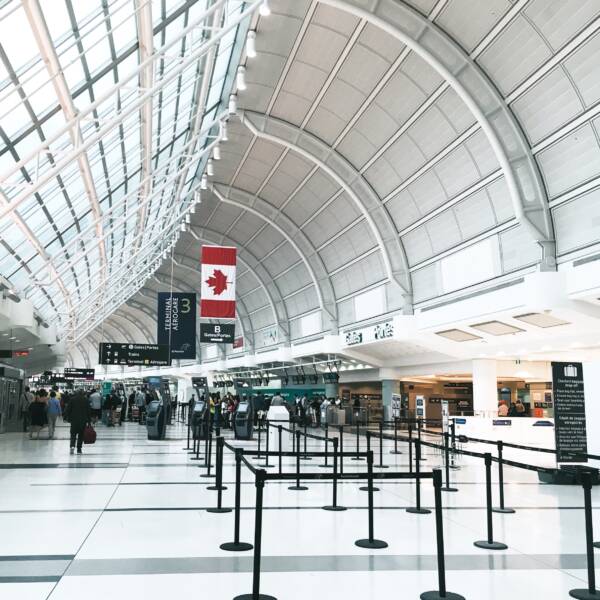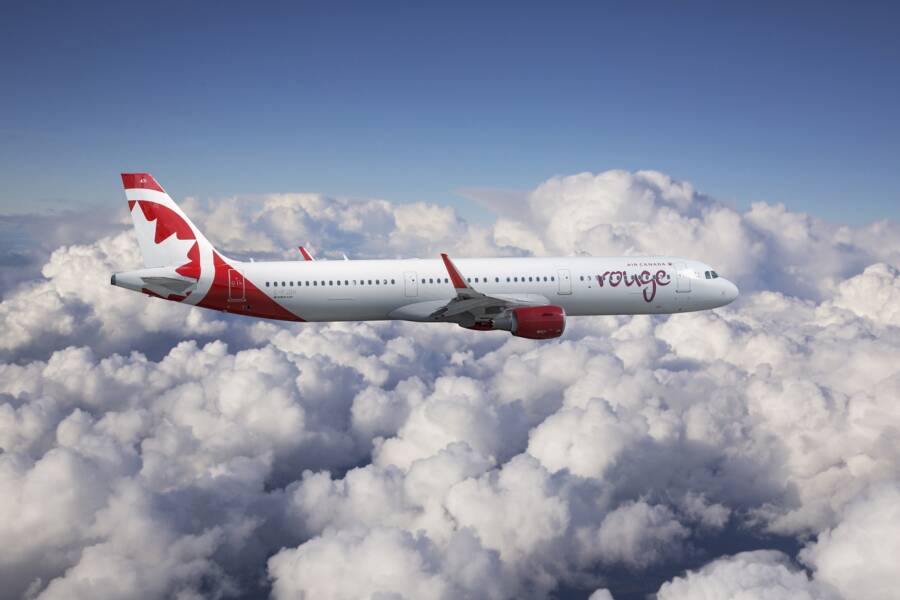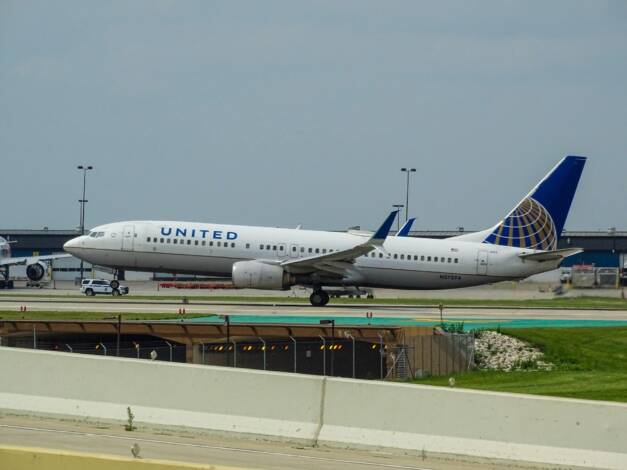
Canadian Studies Show Travel Not The Issue With Recent COVID Spike
May 11, 2021 ctn_admin
Two major newspaper reports in Canada today show, once again, that travel is not the culprit in the latest wave of COVID-19 infections.
A story in the Globe and Mail says Globe staff compiled federal data on airplane exposures and found that that flights bringing passengers infected with COVID-19 into Canadian airports “are now predominantly domestic routes, a trend that began around the onset of spring break.”
Even more telling, a story in today’s Toronto Star states that a review of publicly available data shows that travel “represents the smallest proportion of confirmed COVID-19 cases in Ontario.”
“While Ontario Premier Doug Ford has been campaigning against travel into Canada, recently airing attack ads pointed at the federal government’s handling of the country’s borders, numbers directly linked to travel are low,” the Star said.
“Travel-related cases represent 1.6 per cent of the province’s cases since the pandemic’s onset,” reporter Jenna Moon wrote in the Star. “According to daily epidemiological data released by the province, 7,920 cases of COVID-19 can be linked to travel since data tracking began in January 2020. A spokesperson for the province confirmed this number reflects both domestic and international travellers.
Comparatively, 216,635 of the province’s cases can be linked to close contact with someone that has tested positive. Another 139,084 stem from community transmission, with 76,814 more cases from outbreak settings such as essential workplaces or medical facilities. An additional 54,566 cases have no confirmed link, Moon wrote.
Epidemiological data released by the federal government, which tracks exposure information for the majority of the country’s 1.2 million cases, shows that Ontario has seen approximately 1,946 infections from those who travelled outside of Canada, or 0.4 per cent of confirmed cases.
Advisories between April 25 and May 9, the last day for which data is available, show 25 international flights to Toronto with positive COVID-19 cases. Meanwhile, 34 domestic flights arriving in the city were flagged as having positive cases during the same time period.
Imported cases of COVID-19 are not Ontario’s largest problem, Raywat Deonandan, an epidemiologist at the University of Ottawa, told the Star. “It’s transmission in hot-zone areas (and) vulnerable populations,” he said.
Deonandan said that, while the political reasons for focusing on border control are up for speculation, “I would argue that it’s not a bad thing to fix, but also not the most important thing to fix at the moment.”
The Globe and Mail analyzed flight data for the first four months of the year and the first few days in May and found there were 1,873 flights that arrived or departed from airports across Canada where at least one passenger later tested positive for the virus.
“International flights accounted for more than 60 per cent of cases linked to air travel in January and February,” the paper said. “But by April that trend had reversed, with domestic travel accounting for more than 60 per cent of flights linked to COVID-19 infections.”
Overall, the number of international flights with positive cases fell from 331 in January to 193 by April, while domestic flights saw a near-equal rise – from 195 virus-positive flights in January to 331 last month. April saw the highest number of Canadian flights with positive cases, 524, since January, the Globe reports.
Alberta in particular saw a sharp increase in air travel linked to COVID-19. Nearly 150 flights left airports in the province in April with passengers who later tested positive for the virus, up from fewer than 30 a month earlier.
Srinivas Murthy, an infectious disease expert who is co-leading the Canadian arm of the World Health Organization’s global Solidarity Trial testing coronavirus vaccines, told the Globe that the data indicates that variants have been brought to Canada on flights and across land borders, but now this is less of a concern given the prevalence of domestic flights with at least one infected passenger.
“All of our attention on our national border doesn’t really address us solving the problem internally,” said Dr. Murthy, a clinical associate professor at the University of British Columbia.



















Leave a Reply